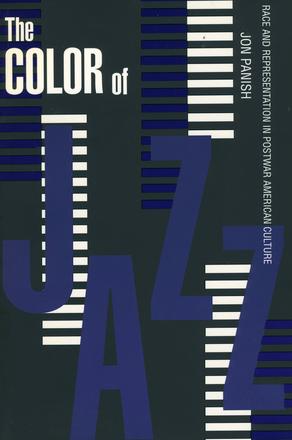
The Color of Jazz
Race and Representation in Postwar American Culture
A study of the ways popular culture viewed jazz and its musicians in postwar America
Description
Although now sometimes called “America's classical music,” jazz has not always been accorded favorable appellations. Accurate though these encomiums may be, they obscure the complex and fractious history of jazz’s reception in the US. Developing out of the African American cultural tradition, jazz has always been variously understood by Black and white audiences.
This penetrating study of America’s attitudes toward jazz focuses on a momentous period in postwar history—from the end of World War II to the beginning of the Black Power movement. Exploring the diverse representations of jazz and jazz musicians in literature and popular culture, it connects this uneven reception, and skewed use of jazz with the era’s debates about race and racial difference. Its close scrutiny of literature, music criticism, film, and television reveals fundamental contrasts between Black and white cultures as they regard jazz. To the detriment of concepts of community and history, white writers focus on the individualism that they perceive in jazz. Black writers emphasize the aspects of musicianship, performance, and improvisation. White approaches to jazz tend to be individualistic and ahistorical, and their depictions of musicians accent the artist’s suffering and victimization. Black texts treating similar subject matter stress history, communitarianism, and sociopersonal experience. This study shows as well how Black and white dissenters such as the Beats and various African American writers have challenged the mainstream’s definition of this African American resource. It explores such topics as racial politics in bohemian Greenwich Village, the struggle of the image of Charlie Parker, the cultural construction of jazz performance, and literature imitation of jazz improvisation.
As a cultural history with relevance for contemporary discussions of race and representation, The Color of Jazz offers an innovative and compelling perspective on diverse, well-known cultural materials.